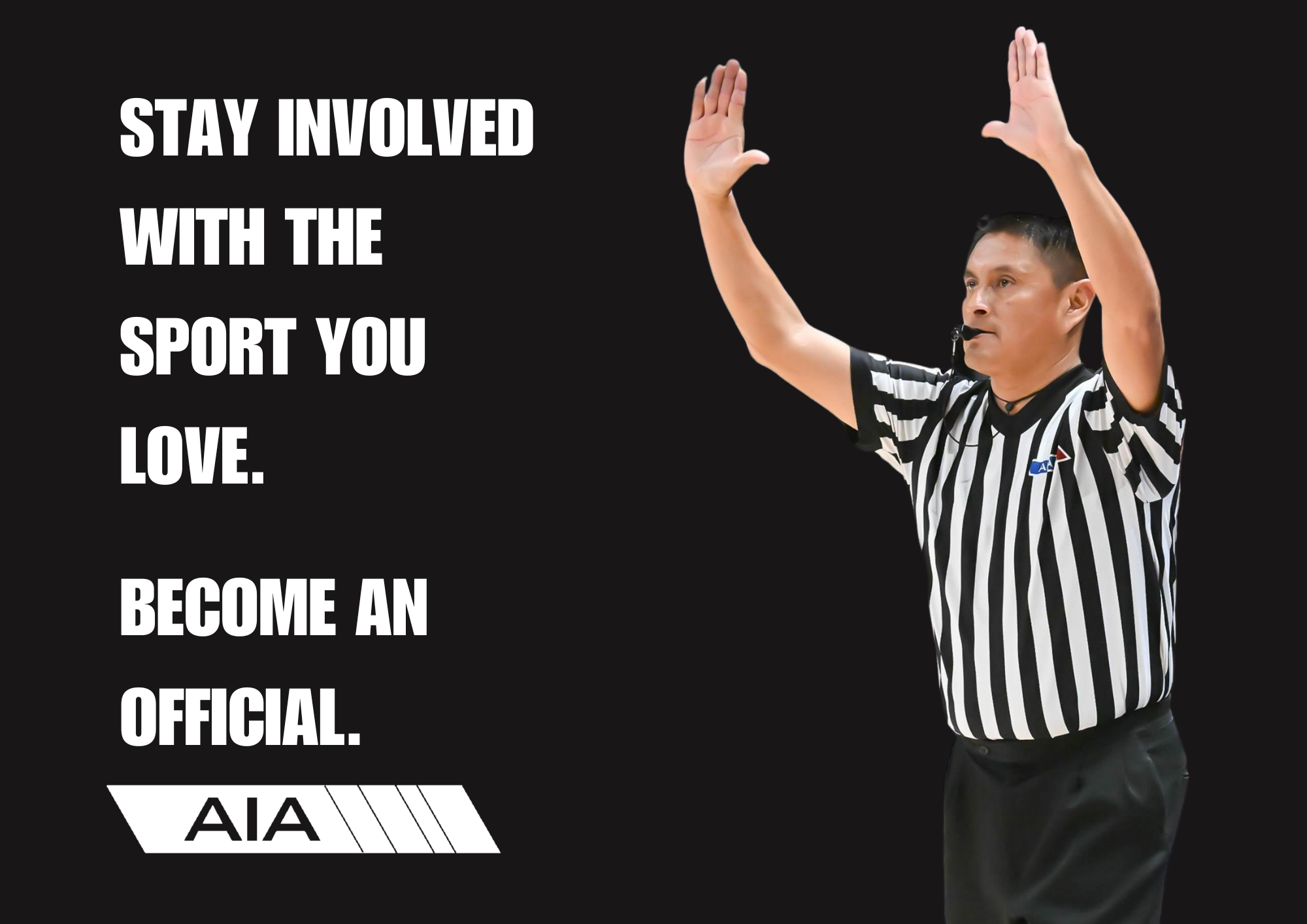Balancing the ball and the books
May 5, 2025 by Thomas Lloyd Roath, Arizona State University

Thomas Lloyd Roath is an ASU Cronkite School of Journalism student assigned to cover Mesa High School for AZPreps365.com.
High school student-athletes across America face a unique and often overwhelming challenge: balancing their commitment to sports with their academic responsibilities. On the surface, many student-athletes are high achievers, often perceived as disciplined, goal-driven, and physically fit. However, behind the accolades and wins lies a hidden reality, intense pressure, time constraints, and mounting stress that can severely affect their mental health.
At Mesa High School in Arizona, three soccer players, two current students and one graduate , opened up about their experiences as student-athletes. Their stories shed light on the often-overlooked mental health toll of juggling athletics and academics.
Evan Romero, a junior and forward on Mesa’s varsity soccer team, describes the balancing act as manageable during the offseason but noticeably more demanding when the games begin.
“During the season is when it gets a little tough. I have more things to focus on to do well on the field and in the classroom,” he said.
For Evan, staying organized and setting aside time for himself has become key to maintaining a healthy routine.
The pressure to perform isn’t just about winning games, it comes from all directions. Athletes often deal with high expectations from coaches, teammates, parents, fans, and even themselves. This performance pressure can contribute to anxiety and burnout.
Jose Barrios, another junior and a defender on the team, shared how the mental weight of being a student-athlete can build up quickly.
“The pressure would be intense at times with many other schools, fans and players within ourselves expecting us to do good and perform well,” he explained.
His coping mechanism? Community.
“The team would be a great help with all of the pressure because all of us are going through the same emotions and pressure,” he said. “Within ourselves we push each other and handle it as a team.”
One of the most cited stressors among student-athletes is a lack of time. Between classes, practices, games, and personal responsibilities, their schedules leave little room for rest. According to the American College of Sports Medicine, 30% of student-athletes report feeling "overwhelmed" on a regular basis, and 25% have experienced sleep deprivation related to sports commitments.
Jose found that being proactive with his schoolwork helped reduce stress significantly.
“What helped me the most was communicating with teachers and being responsible with my student work. I found that by doing all my work at first when I get it and not letting everything load up, it was way less stressful,” he said.
Easton Elzinga, a Mesa High graduate and former varsity player, now competes at Phoenix College. He recalls similar challenges in high school but feels the lessons learned then have prepared him well for collegiate sports.
“During the offseason we have much more time to focus on schooling. But during season we had plenty of time to keep up with our class work. In order to play you have to be enrolled full time and passing classes so time management is everything,” Elzinga shared.
Across the nation, more schools are beginning to recognize the toll that athletics can take on students’ mental health. Some have implemented study halls, tutoring, and check-ins from academic counselors specifically for athletes. Many schools will also try to communicate with the students’ parents in an attempt to help out a student who might be struggling.
At Mesa High, players spoke positively about support from coaches and staff.
“You can’t get on the field if your academics aren’t doing well,” Romero said. “The school has already done enough to help student-athletes’ lives easier. Coaches help students a lot with academics. They check up on students.”
Elzinga also noted that Phoenix College includes mandatory study hall sessions before practice, which helped athletes like himself stay focused during training.
“Every day before practice during the season we have study hall sessions where we can stay on top of our school work. That allows us to focus on soccer during training rather than stressing out about school.”
Barrios acknowledged that while Mesa High promotes both academics and athletics, improvement is still possible, and that the school doesn’t favor one or the other.
“Mesa High hugely supports all of our athletic programs. However, when they notice team grades drop, many teachers involved with sports offer extra support or counseling to help athletes’ grades,” he said. “They push students to do well and remind us the student part always comes first.”
The mental health of student-athletes has become a nationwide concern. According to a 2023 report by the NCAA, more than 38% of student-athletes reported feeling mentally exhausted, and more than 25% admitted to feeling hopeless at times during the season. While much of this data is about college athletes, high schoolers face many of the same pressures, usually without the same level of institutional support.
A 2024 article by PR Newswire found 91% of high school athletes experience stress related to their sport, and more than half report moderate to extreme levels of pressure. Yet, many do not seek help due to the stigma associated with it.
“Student-athletes are often conditioned to push through pain, both physical and mental,” the report noted.
Similarly, the Rye Youth Council’s Mental Health Report found student-athletes are statistically less likely to reach out for mental health support due to a perceived expectation to be “tough” and “resilient.”
For many student-athletes, the solution isn’t to cut back on sports, or to ditch their academics, it's to find ways to make the system more supportive and flexible. That includes more communication between athletes, coaches, teachers, and parents.
Romero emphasized the importance of self-care, while Barrios focused on confidence and separating school stress from sports.
“I always had a clear head of only the soccer moments… what helped me with the pressure was having confidence within myself and telling myself I am here for a reason,” Barrios said.
Elzinga stressed faith and gratitude, something common amongst athletes.
“God, family, and the coaching staff/team are the biggest help. For me, remembering all the opportunities I have as a student-athlete are a gift, not a trial, really helps make things less stressful.”
As awareness continues to grow, so does the call for change. Schools and sports organizations must do more than acknowledge the mental health of student-athletes. That means increasing access to school counselors, destigmatizing therapy, and developing policies that prioritize mental health as much as physical performance.
The student-athletes at Mesa High School offer a compelling example of how the demands of competitive sports can intersect with mental health concerns. Despite having access to various support systems, many athletes still struggle with internal pressures and the persistent stigma surrounding mental health within sports culture. Overcoming these obstacles will require a shift in priorities, with greater emphasis placed on emotional resilience and well-being as important parts of athletic development.


